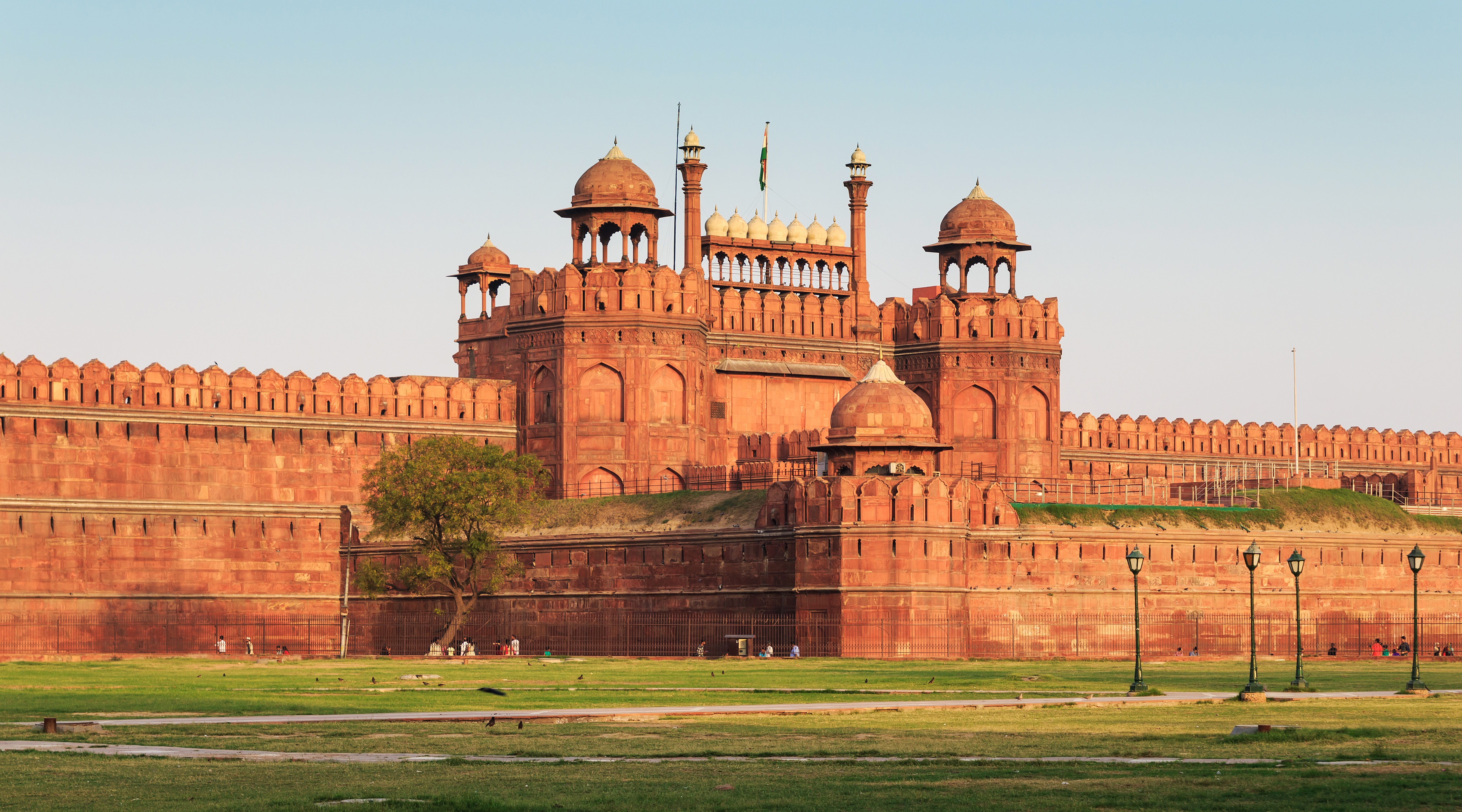 A Timeless Symbol of India’s Heritage
A Timeless Symbol of India’s Heritage
The Red Fort, also known as Lal Qila, is one of the most iconic landmarks in India. Located in the heart of Delhi, this magnificent fort is not only a masterpiece of Mughal architecture but also a symbol of India’s rich history, culture, and heritage. Declared a UNESCO World Heritage Site in 2007, the Red Fort continues to attract millions of visitors every year who come to admire its grand design and historical importance.
In this article, we will explore the history, architecture, cultural significance, and tourism value of the Red Fort while uncovering why it remains one of India’s most treasured monuments.
History of the Red Fort
The Red Fort was commissioned in 1638 by the Mughal Emperor Shah Jahan, who is also known for constructing the world-famous Taj Mahal. It took nearly 10 years to complete, and the fort was inaugurated in 1648. Shah Jahan decided to shift his capital from Agra to Delhi, which he named Shahjahanabad, and the Red Fort became the centerpiece of this new walled city.
Throughout history, the fort has witnessed many significant events, from Mughal rule to British colonial dominance and finally the rise of independent India. On August 15, 1947, when India gained independence, the first Prime Minister, Jawaharlal Nehru, hoisted the national flag at the Red Fort. Since then, it has become a tradition for every Indian Prime Minister to hoist the tricolor here on Independence Day.
Architectural Brilliance of the Red Fort
One of the key attractions of the Red Fort is its stunning Mughal architecture. Built using red sandstone, the fort spreads across 254 acres and is surrounded by 33-meter-high defensive walls. The design blends Persian, Timurid, and Indian architectural styles, making it a true masterpiece of the Mughal era.
Key Structures Inside the Fort:
-
Lahore Gate – The main entrance, which remains an iconic symbol of India’s sovereignty.
-
Delhi Gate – Another entrance, designed with intricate Mughal patterns.
-
Diwan-i-Aam (Hall of Public Audience) – Where the emperor addressed the public and listened to their grievances.
-
Diwan-i-Khas (Hall of Private Audience) – A lavish hall where the emperor met with nobles and foreign dignitaries.
-
Mumtaz Mahal – Now converted into a museum showcasing Mughal artifacts.
-
Rang Mahal – Known for its colorful interiors, fountains, and luxurious chambers.
-
Nahr-i-Bihisht (Stream of Paradise) – A water channel that once flowed through the palaces, symbolizing the Islamic concept of paradise.
The fort’s combination of beauty, symmetry, and defensive strength reflects the power and artistic vision of the Mughal Empire.
Cultural and Historical Significance
The Red Fort is more than just a historical site—it is a symbol of India’s struggle for freedom. The British used it as a military camp after the fall of the Mughal Empire, but it became a focal point for nationalist movements during colonial rule.
Even today, the Red Fort holds immense cultural importance. The annual Independence Day celebration, where the Prime Minister addresses the nation, reinforces its role as a monument of unity and pride.
In addition, the fort hosts sound and light shows in the evenings, narrating the history of Delhi and the Mughal dynasty, which attracts both domestic and international tourists.
Tourism at the Red Fort
The Red Fort is one of the most visited tourist attractions in Delhi. It draws travelers, history lovers, architects, and photographers from around the world.
Visiting Hours and Entry
-
Open Days: Tuesday to Sunday (closed on Mondays).
-
Timings: 9:30 AM to 4:30 PM.
-
Tickets: Available both offline and online, with discounts for Indian citizens and special passes for foreign tourists.
Best Time to Visit
The ideal time to visit the Red Fort is between October and March, when the weather is pleasant in Delhi.
Travel Tips for Visitors
-
Wear comfortable shoes as the fort complex is large.
-
Hire a local guide or use an audio tour to understand the fort’s history.
-
Stay for the evening light and sound show to enjoy the fort in a different atmosphere.
-
Carry a camera to capture the grandeur of the fort, especially during sunset.
Red Fort as a UNESCO World Heritage Site
In 2007, the Red Fort was recognized by UNESCO as a World Heritage Site, owing to its architectural brilliance and historical significance. The fort represents not only Mughal creativity but also the rich cultural amalgamation of India.
UNESCO’s recognition ensures that the Red Fort is preserved and maintained, keeping it alive for future generations to explore and cherish.
Interesting Facts About the Red Fort
-
The Red Fort was originally known as Qila-e-Mubarak, meaning "The Blessed Fort."
-
Its walls stretch over 2.5 kilometers in circumference.
-
The fort once housed the legendary Peacock Throne, embedded with precious stones and gems, which was later taken away by invaders.
-
The architectural plan of the Red Fort later inspired several other forts built in India.
-
The fort has withstood battles, invasions, and natural decay yet still stands proudly as a symbol of resilience.
Why the Red Fort Matters Today
The Red Fort is not just a monument of the past—it continues to be a living part of India’s identity. It embodies the country’s history, struggle for freedom, and cultural richness. Every brick of the fort tells a story of emperors, battles, art, and patriotism.
For tourists, it is a window into India’s glorious Mughal past. For Indians, it is a reminder of independence, pride, and unity. Its presence in modern Delhi connects centuries of history with the present day, making it one of the most important landmarks in the world.
Conclusion
The Red Fort is far more than an architectural marvel; it is a timeless symbol of India’s journey through history. From its foundation by Shah Jahan to its central role in India’s independence movement, the fort has witnessed centuries of change. Today, it continues to inspire awe with its beauty and significance.
Whether you are a traveler, historian, or cultural enthusiast, a visit to the Red Fort is an unforgettable experience. It is not just a fort—it is a testament to India’s spirit, resilience, and heritage.
For anyone exploring Delhi, the Red Fort remains a must-visit destination, a place where history comes alive, and the glory of India’s past stands tall against the backdrop of its vibrant present.

You must be logged in to post a comment.